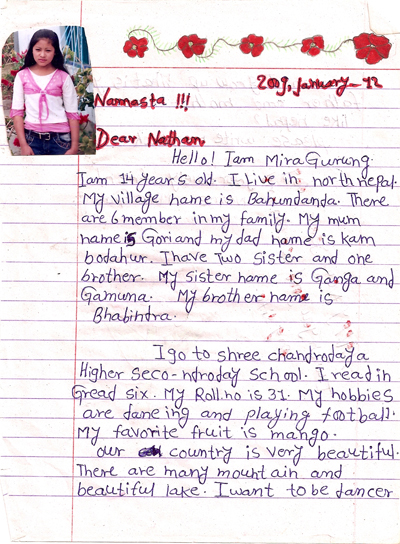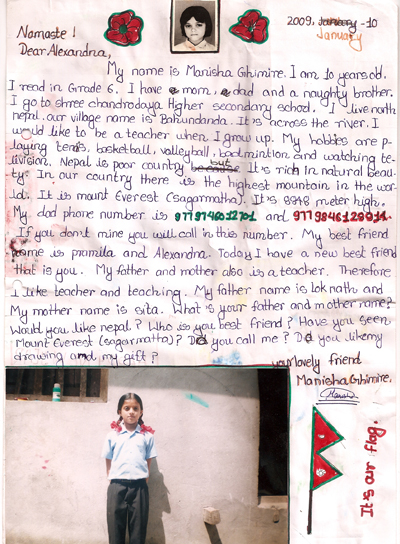About Our Scholarship Girls
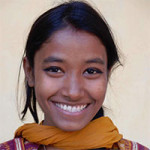
SABITA
It was just so difficult for Sabita’s mother to accept her husband’s decision to pull their daughter out of school. Sabita was a gifted student, clever beyond her 12 years, and one of the best students in her class. She had ambitions to be a nurse some day so that she might help others in her village of Saranpur that is so isolated from the rest of the world. In spite of her hardships, Sabita studied for many hours each night by candlelight. It is a way for her to escape her hunger, but also to feed her dream that some day she might do something meaningful with her life.
Sabita has been receiving a scholarship for the past 10 years and has finally received her license as a nurse! She says the happiest single moment in her life was when she was selected for a scholarship to remain in school.
NIMSANG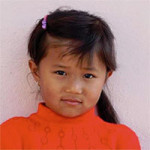
Meet Nimsang, our newest scholarship girl, age 5. She was found wandering through a temple in Kathmandu, abandoned, terrified, and starving. She was brought home by Pasang (our president) and adopted into their family. She was loved and cared for and four months later she returned to school. This is the kind of compassion and altruism that any of us could only dream of showing in our daily lives — and THIS is the kind of leadership that represents our work together.
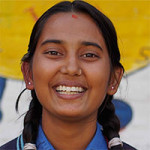
NIDHI
“Hello. My name is Nidhi and I am in 9th grade at Rising Rays School in Kathmandu. I am very happy that I was selected to receive support from Empower Nepali Girls. I never thought I would get this chance in life and this opportunity to pursue my dreams of becoming a doctor. There are so many other Nepali girls like me who want to stand on their own legs and prove to the entire world that women can do everything that men can do. I will study hard and reach my goals. I hope that many other Nepali girls will also have this opportunity.
Thank you!”
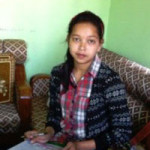 RAJNI SUNAM
RAJNI SUNAM
“Hello. It’s me, Ranji Sunam, one of the Empower Nepali Girls Scholarship Students. I am studying for a Bachelors in social work at Nesfield College in Lalitpur. I am very proud of Empower Nepali Girls. Without your support, I would not reach my dreams. Thank you for helping me.”
A POEM BY NHUJEN WANGMU, 8th GRADE STUDENT OF HIMS SCHOOL, KATHMANDU
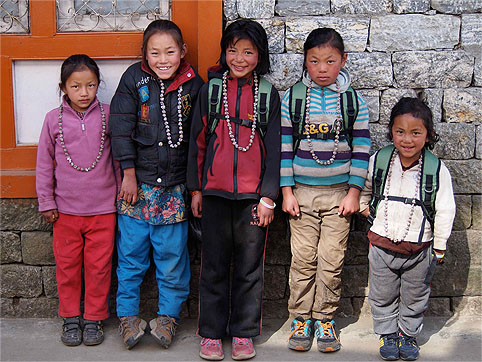 Do They Have a Chance?
Do They Have a Chance?
Innocent girls being sold
the truth they are never told;
What like will the world be
Only the darkness they can see
They are tortured to death
Till they lose the faith;
They give up their dreams
No one hears, no matter they scream
They are involved in worst of things
And ruin their life as the time swings;
Every day they struggle to live
Nothing they receive only they give
Their dignity and pride all gone
All those lonely nights they cry;
Waiting for a last chance
The happiness at a glance.
Letters From our Girls


